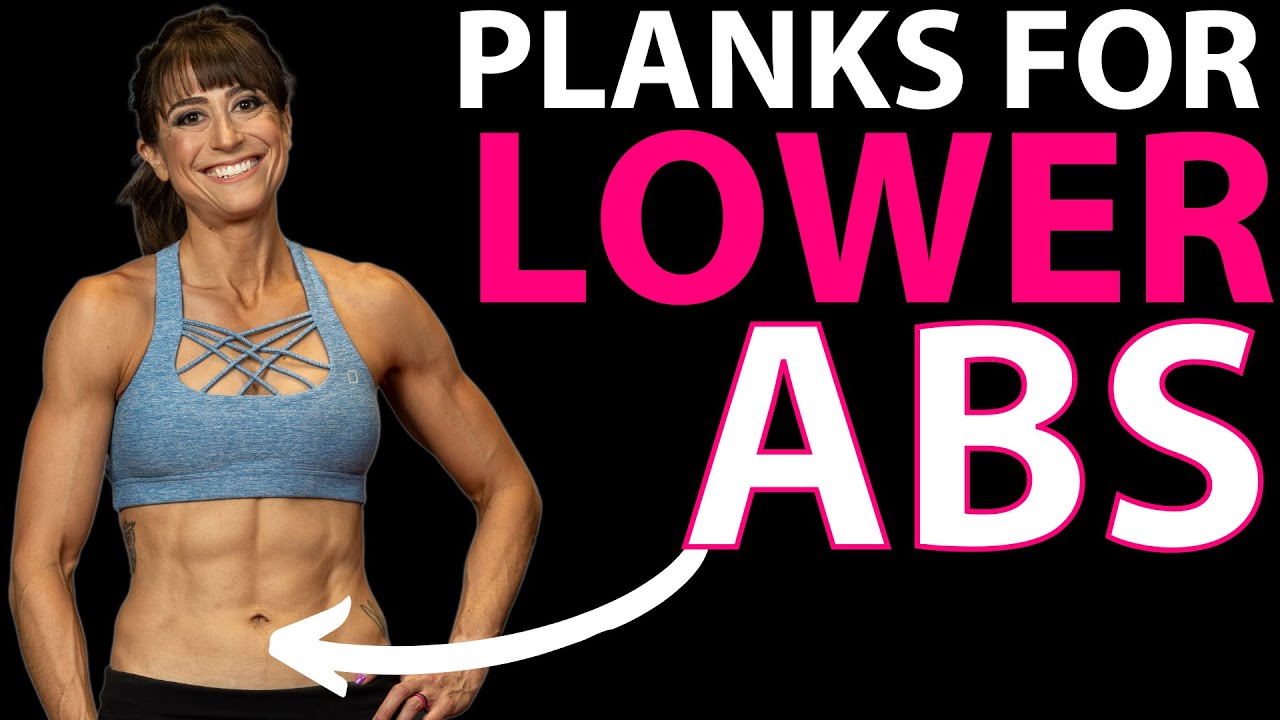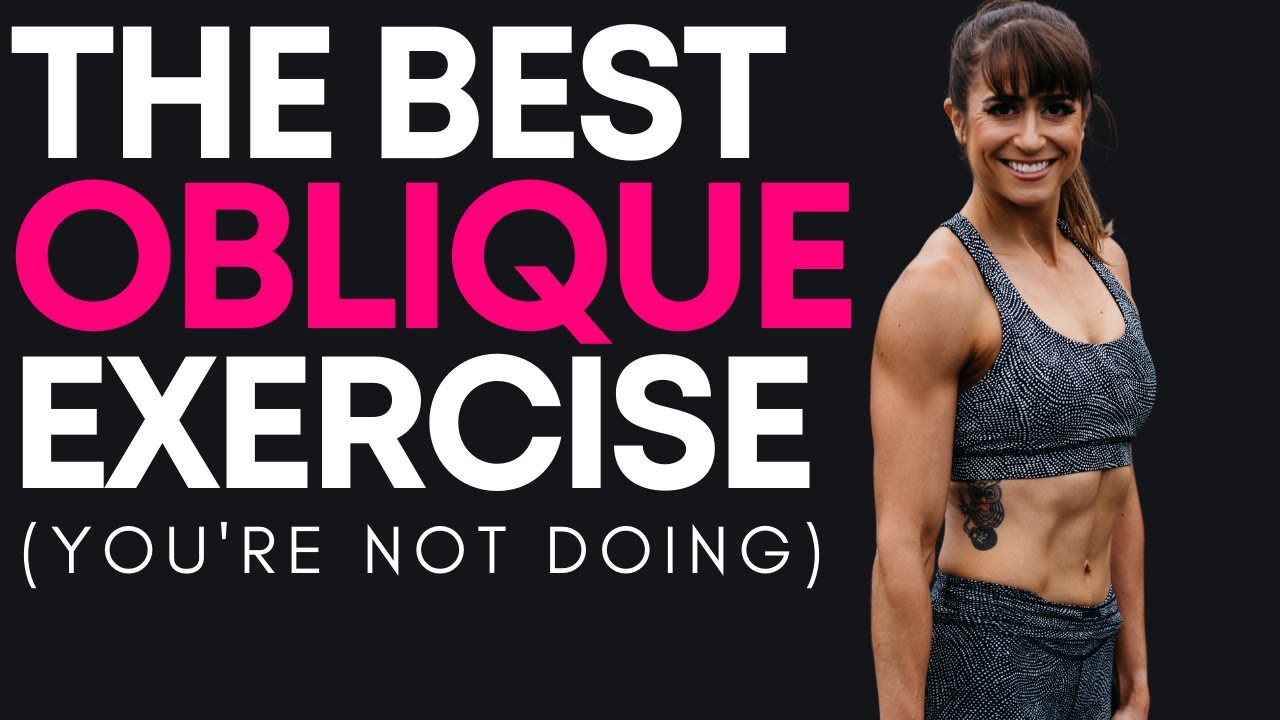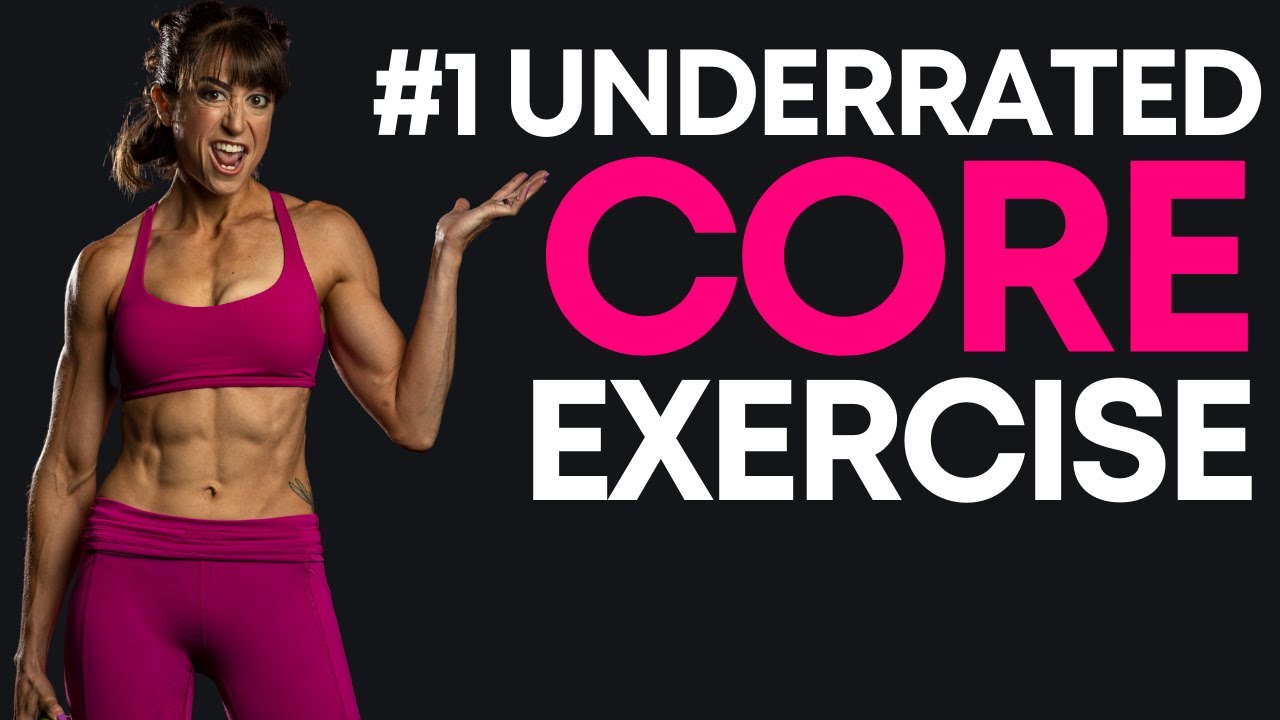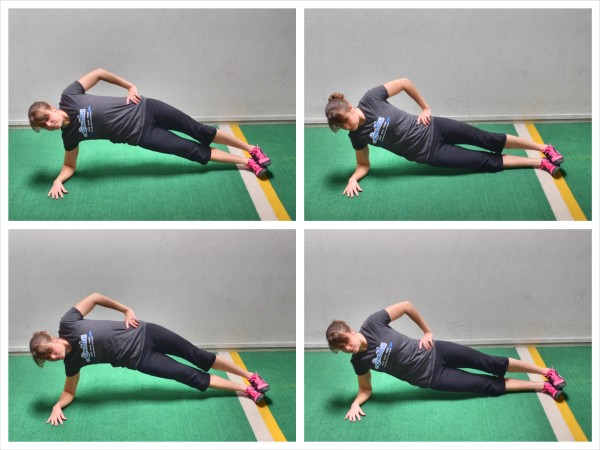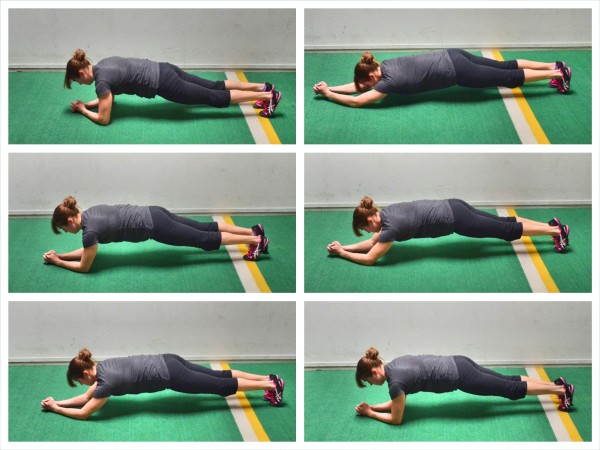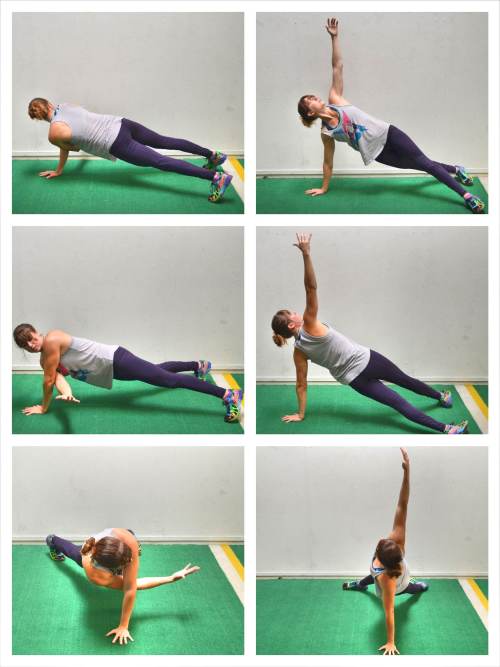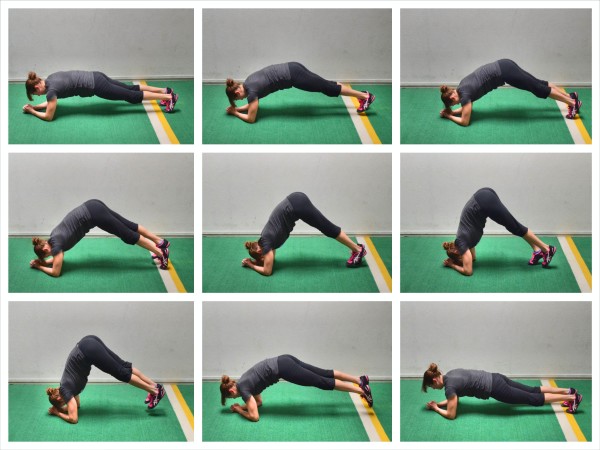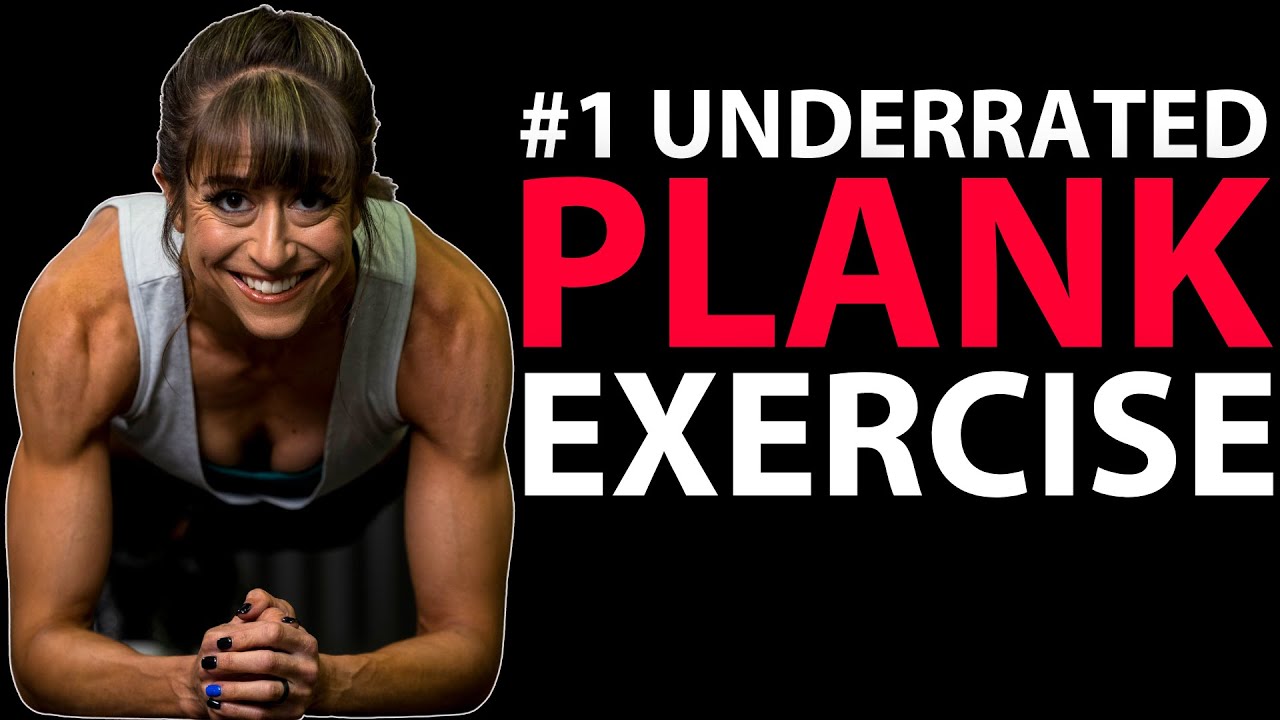
The Most Underrated Plank Exercise
The plank is an amazing core move and a fundamental we need to include.
But holding longer only helps us build strength to a point.
And just because a move is a must-do basic, doesn’t mean we can’t have fun using other variations especially to target specific muscles of our core more.
Because the basic plank doesn’t help us work on that rotational core strength nor does it include any lateral flexion.
And learning to power and control both of these movements is key if we want not only a toned, strong core but also to improve our shoulder, hip, knee and even ankle stability.
So if you want to work those obliques and glutes even more with both a rotational and lateral flexion movement, while improve your shoulder stability try this amazing plank variation – the Plank with Oblique Knee Tuck!
In this video, I’ll show you how to perform this move and modify it to fit your current fitness level so you can build a strong core!
And I’ll share my “secret” to finding a way to modify ANY exercise to fit someone’s needs and goals.

How To Do The Plank With Oblique Knee Tuck:
This plank variation actually combines the basic front plank with the side plank as you transition from side to side with this rotational exercise.
And then it advances the basic side plank by adding in that oblique knee tuck.
Because you are stabilizing on just one arm and one leg, this move needs to be built up to slowly so that you aren’t overloading your shoulder or knee.
It is a challenging plank variation to work on your shoulder, hip and knee stability and will really work those obliques and glutes!
To do the Plank with Oblique Knee Tucks, set up in a forearm front plank from your elbows and toes.
Stack your elbows under your shoulders but outside your chest and focus on engaging your back to really lock your shoulders in place. Your hands will be in toward each other as your elbows are wider. This will feel more comfortable as you rotate.
You can even start with your arms fully perpendicular to your body under your shoulders.
Flex your quads as you drive back slightly through your heels and perform a small posterior pelvic tilt to feel your abs light up.
Maintain a nice straight line from your head to toes.
Then rotate to one side. Make sure your elbow stays stacked under your shoulder and your hips don’t drop as you twist.
As you move into that side plank, also make sure your foot that stays on the ground is flexed. This protects your knee and ankle to create better tension up your leg to engage your glute.
Squeeze your butt forward as you lift your top leg up and reach your top hand overhead.
Then tuck your elbow and knee together. You will crunch them together slightly in front of you, but do not allow your bottom hip to sag.
You want that bottom oblique and glute working!
After performing the tuck and reaching back out move back to face the ground and rotate into a side plank on the other side to perform the oblique knee tuck.
Do not rush this move. Take it slow to really stabilize and feel those obliques and glutes working!
So How Can You Modify This Move?
Adding movement to a plank exercise creates a new stability challenge. And side planks themselves are already very challenging.
You do not want ego to get in the way. So just because you can do a full plank from the ground, doesn’t mean you’ve necessarily earned this variation.
The rotation into the side plank and then supporting yourself with only your bottom leg as you tuck the top leg, requires more strength and stability than we realize.
If you find yourself losing balance or rushing, try first modifying with your elbow up on a bench, stair or incline.
By lifting up your elbow, you reduce the resistance on your upper body and put less strength demands on your entire core.
I prefer the incline to modify because it allows you to learn to engage everything down to your feet.
When you do a knee plank variation, you don’t learn how to create tension into your lower leg.
As you build up and get comfortable with the movement pattern, you can move back to the ground.
We have to remember it isn’t just strength sometimes but that mind-body connection we first need to work on with movements. We need to build that smooth coordination and get muscles engaged efficiently and correctly to progress.
So slow things down and use that incline.
However, if you find that you can do the full plank off the ground but that you lose balance as you alternate sides, you can even modify by doing one side at a time.
Just rotate from that front plank to the same time to help you maintain that balance. Then after all reps are complete, switch to the side plank on the other side.
Now what if due to injury, an incline variation still isn’t right for you?
Because I know that not every move is right for every person, I wanted to share some tips to help you learn how to adjust any moves you ever need…
So my secret to modifying moves?
Not being married to an exercise and instead always prioritizing the muscles I need to train and movement patterns I want to work on.
With this plank with oblique knee tuck, I always want to first see how I can simply regress the exact movement.
But when this isn’t possible, I go back to why the move was being used in the first place.
Was it that I wanted rotational core work? That extra oblique and glute medius work? That lateral flexion?
When you have a goal for every move you include, you can easily swap in another move or moves that achieve those same goals whenever you need.
If you did still want a balance and stability component while working on that lateral crunch, but that didn’t require strain on the shoulders, maybe you include a standing oblique knee tuck where you stay balanced on one side.
Or maybe you wanted more of the rotational element to target your obliques and glutes unilaterally but can’t get down on the ground so you include a cable hip rotation.
The point is, when modifying, you aren’t as much concerned with the exact exercise as the GOAL for the movement.
And whenever possible, you keep the exercise as close as possible to train that exact movement, build the mind-body connection and build up.
But when that isn’t possible, you simply stay focused on the goal for including the move so you can see the same benefits!
There is always a way to find a movement variation to match our needs and goals.
That’s why I love this amazing plank with oblique knee tuck when you want to work your glutes and obliques even more.
And the rotational movement and lateral flexion are a great way to target your core in multiple planes of motion.
But if you can’t get down on the ground to enjoy this amazing plank move, give these non-floor core moves a try.

